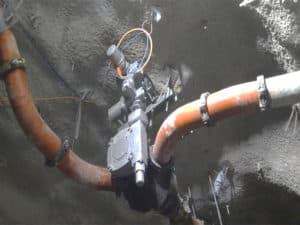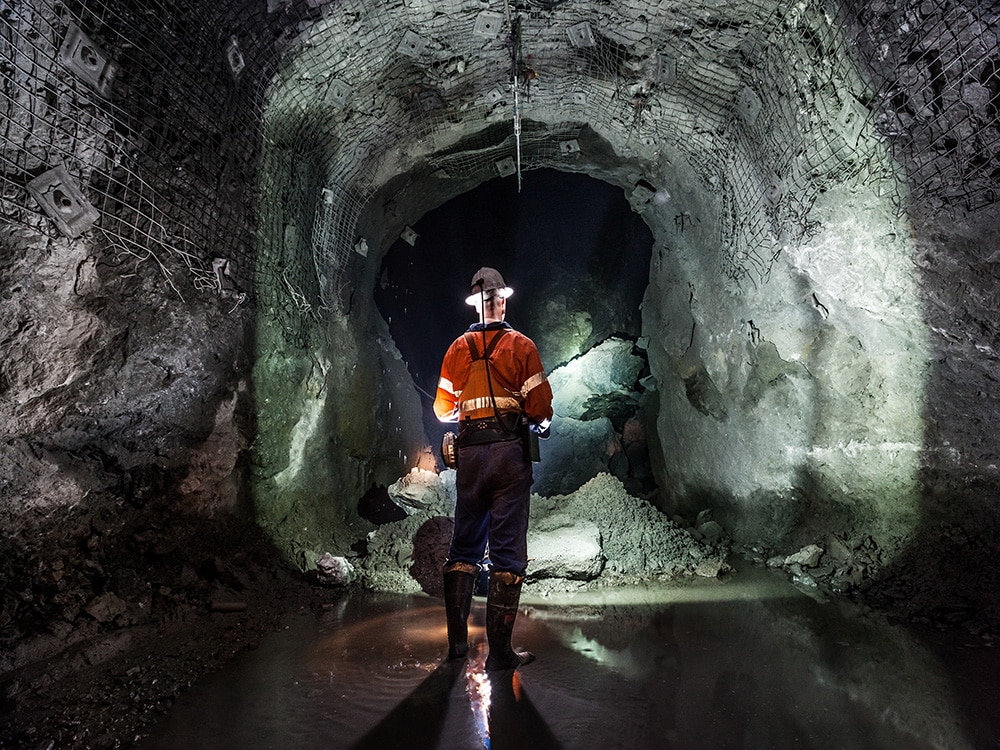Posted on October 1, 2020
Backfill Pipeline Solutions recently published a technical article entitled The History of Paste Reticulation Design and Materials Used in Australian Paste Systems, outlining the history of paste backfill systems, showcasing the advancements made in both design and technology over the past two decades. Within this paper, the use of Victaulic mechanical joining technology was highlighted as the chosen joining method within Australian paste backfill systems.
Victaulic technology has been used since the inception of Australian paste backfill pipelines in 1998. The first two applications were commissioned in Queensland and Tasmania, and both used Style HP-70/HP-70ES couplings to join high-pressure pipelines. As time went on mines became deeper, and as system pressure became even higher, Victaulic Style 808 double groove high-pressure couplings were adopted for use.

As paste backfill systems continued to evolve throughout the early 2000s, high-density polyethylene (HDPE) systems became increasingly more accepted, notably in areas where pipelines discharge backfill media, refilling the vacant stopes. This was due to its lighter weight, reduced cost, and abrasion resistance properties. When this transition to HDPE began, the mechanical joining solution of choice was the Victaulic Style 995 HDPE coupling. Today the Victaulic Style 905 Installation-Ready™ coupling has become the ideal choice for paste backfill applications due to its ease of installation on plain end HDPE pipe, quick and easy maintenance, and reusable materials.
The Backfill Pipeline Solution’s technical article highlights Victaulic’s involvement and evolution in slurry and backfill systems. Victaulic mechanical joining solutions are engineered to install quickly, enable ease of maintenance, and mitigate risk. With solutions that meet high- or low-pressure requirements, provide rigid or flexible joints and install on nearly any pipe material, Victaulic is the ideal choice for backfill systems.
Click Here to read the full technical paper and learn more about the history of paste reticulation design.



